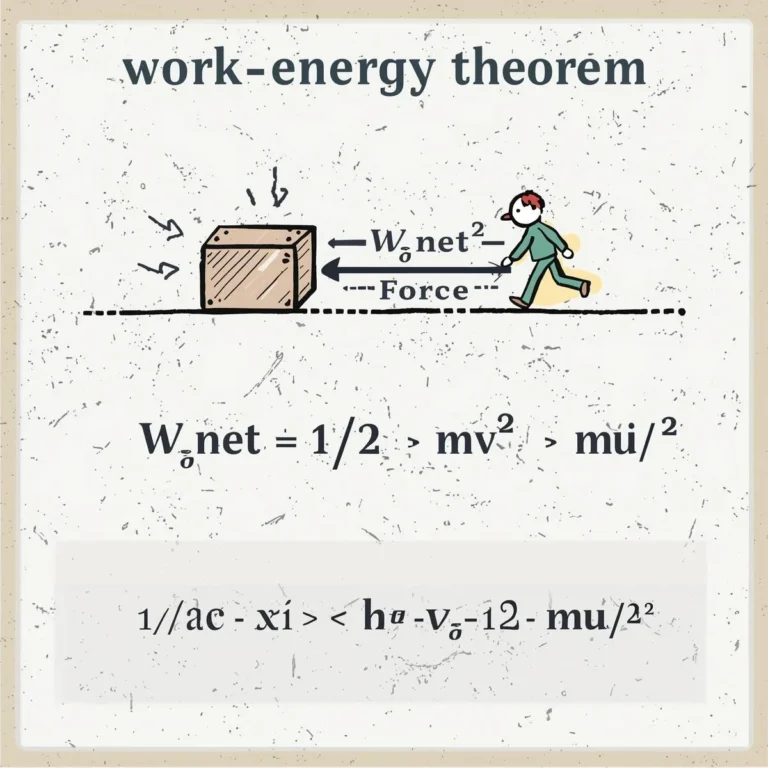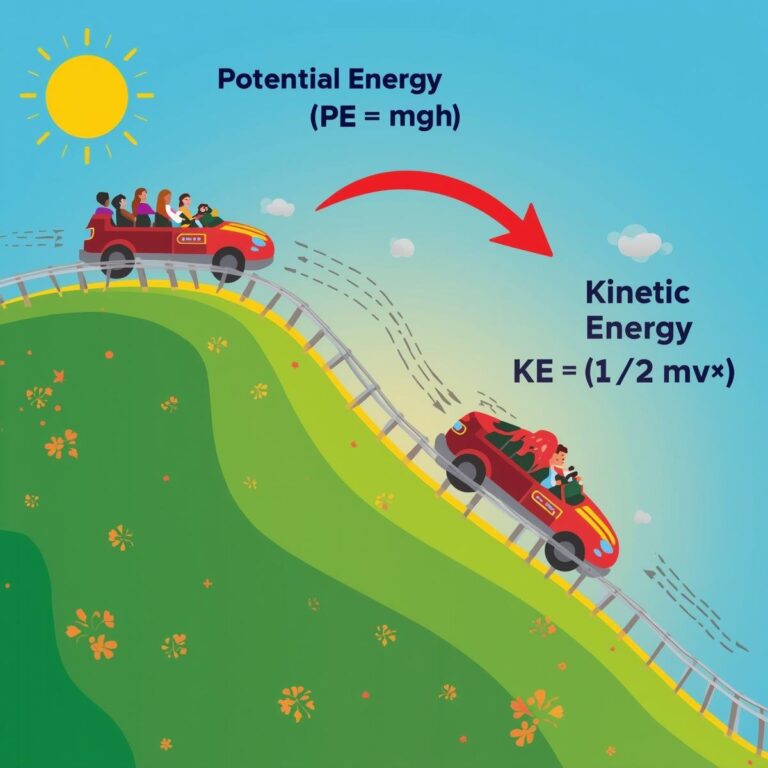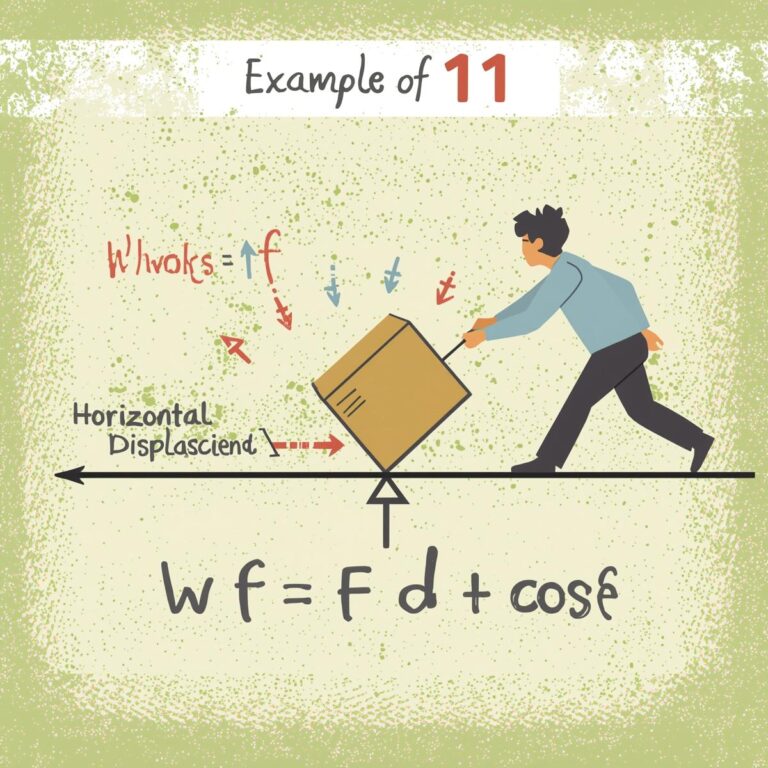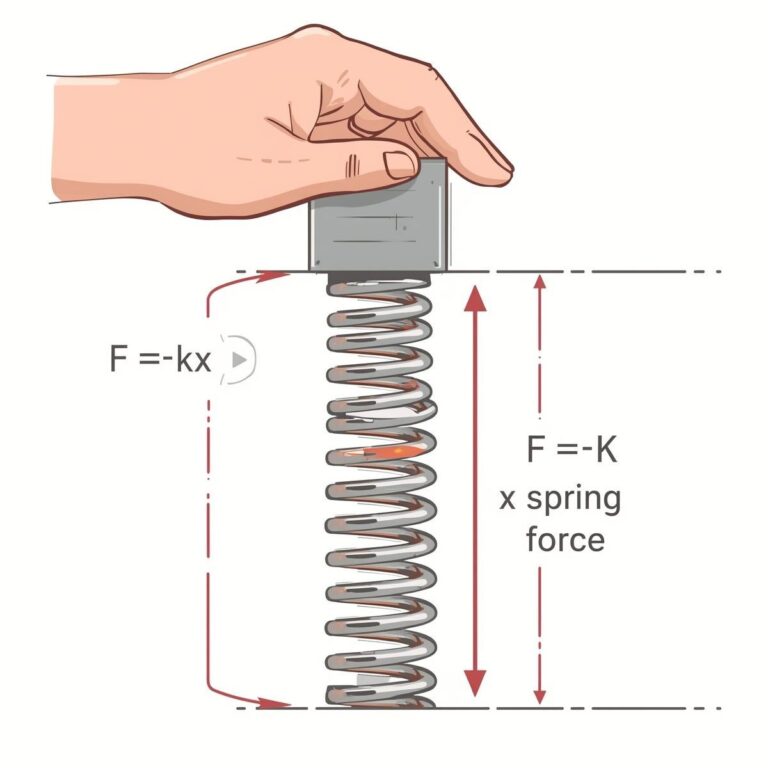Definition
Circular motion is the movement of an object along the circumference of a circle or rotation along a circular path. If the speed of the object remains constant, the motion is called uniform circular motion; otherwise, it is non-uniform circular motion.
Explanation
In circular motion, the direction of velocity changes continuously, even if the speed is constant. This change in direction means the object is accelerating, and this acceleration is called centripetal acceleration, always directed towards the center of the circle.
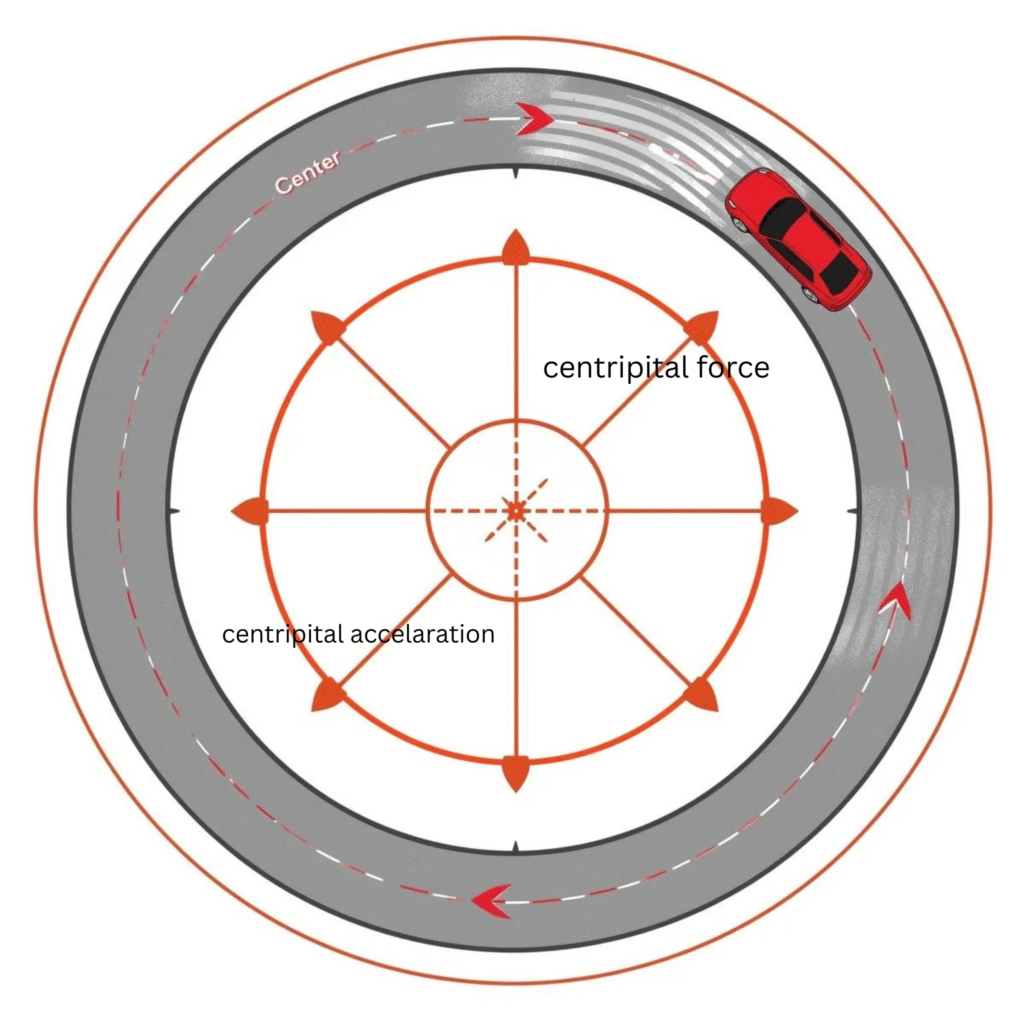
Example
- A stone tied to a string and whirled in a circle.
- The motion of the moon around the Earth.
- A car turning around a circular track.
Formulas
1. Centripetal Force
F = mv²/r
Where:
- F = centripetal force (N)
- m = mass of the object (kg)
- v = speed of the object (m/s)
- r = radius of the circle (m)
2. Centripetal Acceleration
a = v²/r
Where:
- a = centripetal acceleration (m/s²)
- v = speed (m/s)
- r = radius (m)
3. Angular Velocity
ω = v/r
Where:
- ω = angular velocity (rad/s)
- v = linear speed (m/s)
- r = radius (m)
Derivation of Centripetal Force
Consider an object of mass m moving with constant speed v in a circle of radius r.
- The direction of velocity changes, so the object has acceleration towards the center (centripetal acceleration).
- Centripetal acceleration, a = v²/r.
- By Newton’s Second Law, F = ma.
- Therefore, F = m(v²/r).
Illustrative Image
Summary Table
| Aspect | Description |
|---|---|
| Type of Motion | Circular Motion |
| Definition | Movement along the circumference of a circle |
| Key Formula | F = mv²/r |
| Example | Stone tied to string, moon orbiting Earth |
